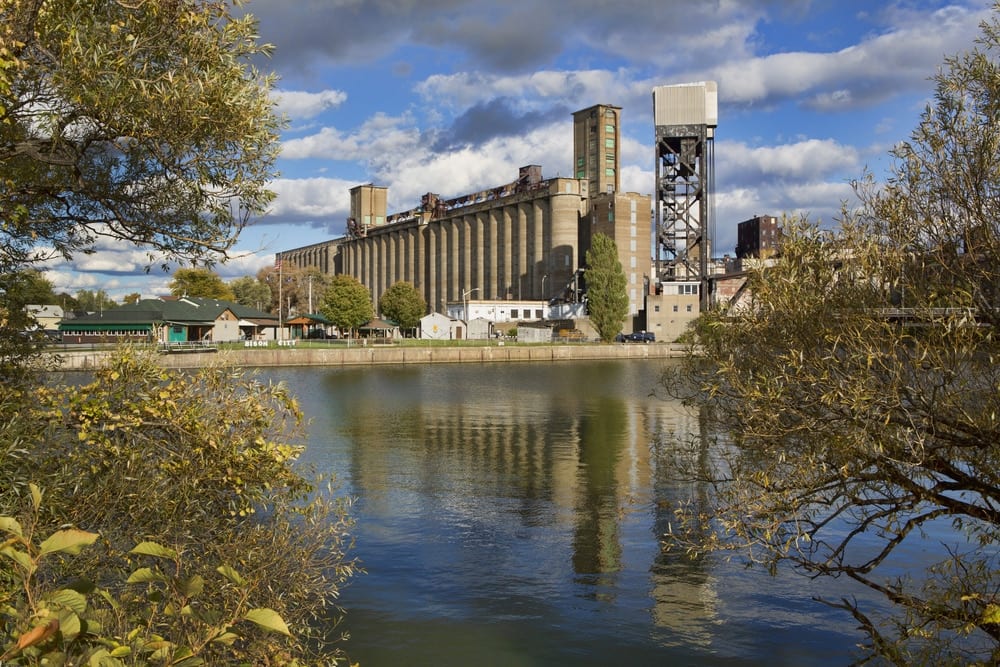Warehouse Operators Look to the Skies for Additional Storage
The market for warehouse space is looking up. Literally, in fact, as companies seeking storage facilities closer to cities are hoping to get more for their money by building multi-story facilities.
Following a concept that is already popular in Asia and Europe, Prologis announced last week that it would bring its first multi-level warehouse to the U.S. Located near Seattle, the facility will have three floors and a square footage of 580,000.
All that space will be needed, as market forces combine to stretch the supply of commercial real estate and add another fulfillment challenge for brands.

Storage in the City
The search for more space has been a growing challenge for supply chain professionals in the last year or two.
Available space has plunged to less than 8% in 2016, down from the double digits just a few years earlier. In fact, another drop in Q3 2016 would mark the 26th consecutive quarterly fall. During this period commercial real estate costs have soared.
Why's that, you ask?
For starters, brands are trying to get closer to customers. That means being in or near major cities, and that space doesn't come cheap! Same-day delivery guarantees and a demographic shift towards city life for younger workers have accelerated that requirement, leaving retailers to play catch up.
Along the same lines, the physical reality of adding extra warehouse space means that construction is also lagging behind demand. Finding suitable sites in metropolitan and exurban locations is tough enough. Getting them approved and built in a short space of time is even more difficult. As a result, available space is unlikely to see an uptick in the near future.
Back to the Future
Multi-level warehouses are not a new phenomenon. A brief walk around industrial areas of most East Coast cities proves as much.
As rail and canal routes were developed for commercial cargo and the Second Industrial Revolution took hold in the mid 19th century, storage in the urban areas they serviced became important.
Efficiency dictated that being closer to transport links made cargo quicker to load and unload. Cities were already established, mirroring the challenge that retailers face today with limited space, so warehouses were built up, rather than across multiple locations. No longer in use commercially, it's easy to find plenty of these facilities gutted and transformed into luxury apartments nowadays.

However, while those warehouses sat right alongside their transport lines, today's versions must accommodate large delivery trucks and standard shipping containers. That means multi-level access for vehicles as well as workers, which changes the face of the challenge significantly.
As Storage Rises Up, So Do Costs
If the return to a multi-story solution seems like a silver bullet for near-city storage space, it's one that comes at a premium.
The prices at Prologis' Seattle facility are expected to be up to 50% greater than normal warehouse rates, putting them beyond the reach of many smaller brands. Future construction of multi-story warehouses is likely to come at a similar cost. Unless supply begins to outstrip demand or new technology makes multi-level operations more efficient, these facilities will probably only be accessible to larger retailers.
In the long-term things look brighter.
As construction crews and supply chain strategies catch up with demand, a variety of more suitable spaces will come online. Retailers will have a more level playing field when that happens, at least in terms of distribution and delivery promises to customers.
In the meantime, it falls to supply chain planners and fulfillment partners to find flexible solutions to existing challenges.